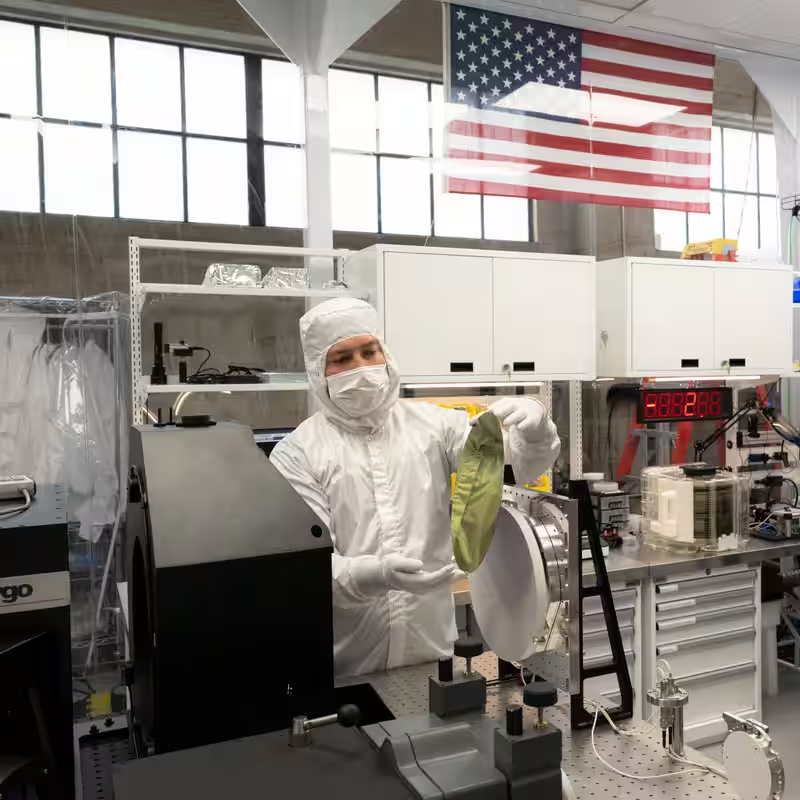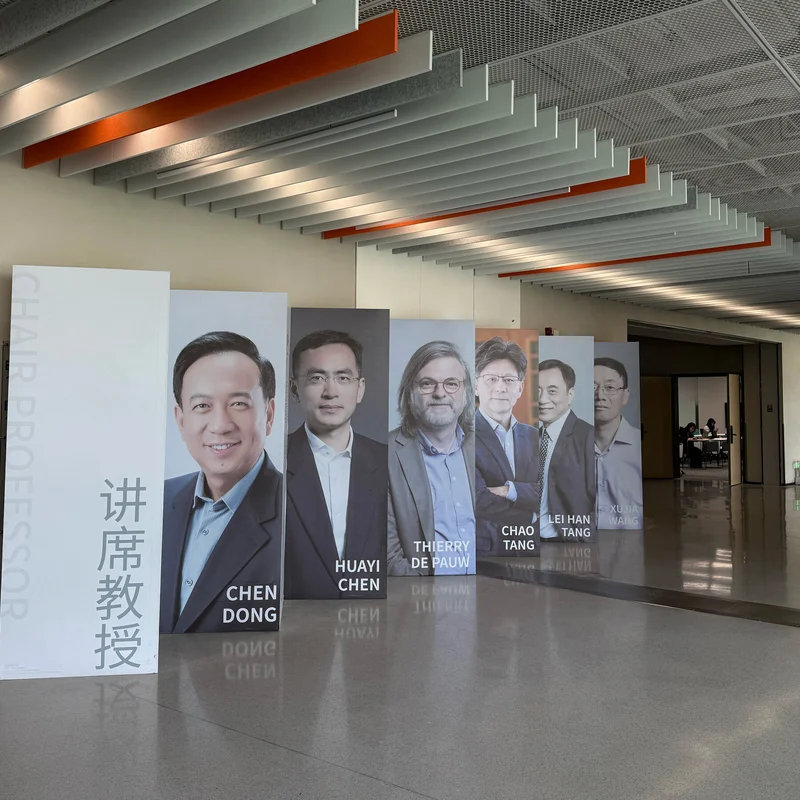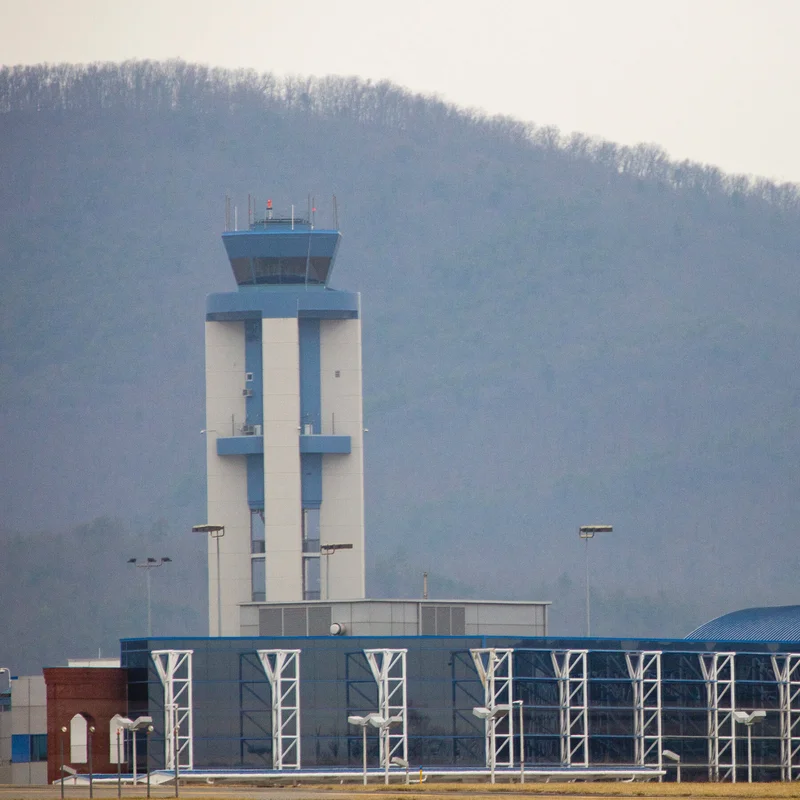Table of Contents
- The David vs. Goliath of Chipmaking
- How Substrate Plans to Disrupt Semiconductor Manufacturing
- Particle Accelerators and Cheaper Chips
- National Security and U.S. Tech Independence
- Challenges Ahead for Substrate
- Industry and Government Reaction
- Sources
The David vs. Goliath of Chipmaking
In the high-stakes world of semiconductor manufacturing, one name has long dominated: ASML. The Dutch giant builds the only machines capable of producing the most advanced chips—massive, $200 million instruments that are essential to everything from iPhones to AI servers. But now, a scrappy San Francisco start-up called Substrate claims it can do the same job for half the cost.
Founded by British-born entrepreneur James Proud, Substrate is betting that an unconventional approach—using particle accelerators instead of traditional lasers—could upend the entire chipmaking industry.
How Substrate Plans to Disrupt Semiconductor Manufacturing
Today’s leading-edge chips are made using a process called extreme ultraviolet (EUV) lithography. ASML’s EUV machines fire high-powered lasers at droplets of molten tin to generate light that etches microscopic circuits onto silicon wafers. The machines contain over 100,000 parts and require billion-dollar cleanrooms to operate.
Substrate’s alternative? Replace the laser-tin system with a custom-built particle accelerator that generates X-rays to print chip patterns. The result, according to internal tests, is comparable resolution—without the astronomical price tag.
Particle Accelerators and Cheaper Chips
Particle accelerators aren’t new to chip research. Scientists have explored X-ray lithography for decades, but reliability and cost kept it from commercial use. Substrate believes it’s cracked the code.
In early 2024, the company ran a breakthrough test at a Bay Area accelerator facility. After troubleshooting vibrations from an air-conditioning unit, the team successfully printed “very beautiful and tiny things repeatedly” on silicon wafers—matching the precision of today’s top-tier processes.
“We’ve got a national-security supply-chain issue,” said Kyrsten Sinema, former Arizona senator and Substrate adviser. “Who wouldn’t want to partner with Substrate once that solution is commercially available?”
National Security and U.S. Tech Independence
Substrate’s mission isn’t just about cost—it’s about control. Over 90% of the world’s advanced chips are made by Taiwan Semiconductor Manufacturing Company (TSMC), mostly in Taiwan, just 100 miles from China. That geographic concentration poses a strategic risk.
Proud, now a U.S. citizen, became alarmed during China’s 2019 crackdown in Hong Kong. He drafted a policy paper for the Trump administration calling for a “Manhattan Project for U.S. chipmaking.” When TSMC agreed to build a plant in Arizona, he decided to go further: build an entirely new manufacturing method from scratch.
His pitch has reached the highest levels. In March 2025, Proud briefed Vice President JD Vance on Substrate’s progress—highlighting not just U.S. potential, but the risk that China could replicate the technology first.
Challenges Ahead for Substrate
Despite promising early results, Substrate faces a steep climb:
- Building a multibillion-dollar fabrication plant
- Securing long-term customers in a risk-averse industry
- Navigating intellectual property and licensing hurdles
- Scaling a complex, unproven process reliably
John E. Kelly, former IBM executive and semiconductor pioneer, reviewed Substrate’s test images and called them “extremely good.” But he cautioned: “He’s at the first base camp. He’s still got a long way to go to reach the top of Everest.”
Industry and Government Reaction
Substrate has raised over $100 million from top-tier investors like Founders Fund and General Catalyst and is now valued at over $1 billion. It’s scouting locations for its first fab, including a potential $10 billion campus at Texas A&M University.
However, the Biden administration has so far withheld CHIPS Act funding, citing technical and scalability concerns. Still, the company continues talks with Intel and other potential partners.
“If you have only two bad options,” Proud said, “you need to go and invent a third, better option.”
Sources
The New York Times: Can a Start-Up Make Computer Chips Cheaper Than the Industry’s Giants?
ASML Official Website
CHIPS and Science Act – U.S. Department of Commerce




